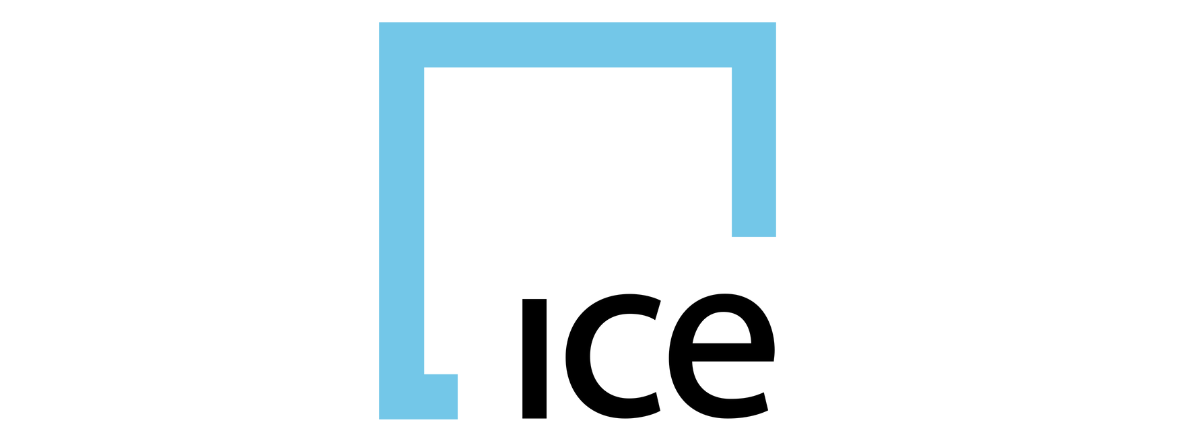Last month, BlackRock launched two broad-based high yield ETFs, iShares Broad $ High Yield Corp Bond UCITS ETF (HYUS) and the iShares Broad € High Yield Corp Bond UCITS ETF (EH1Y), that offer exposure to US dollar-denominated and euro-denominated high yield bonds.
As BlackRock already offer exposure to two high yield ETFs with similar exposure, ETF Stream asked its Product Panel whether the new strategies are an important addition to their armoury.
What BlackRock said:
Since launching IHYG and IHYU in 2011, the ability to provide index exposures to broader indices more in-line with the overall high yield market has evolved. We saw similar developments in the euro investment grade market since the initial ETF launch in that asset class.
The ICE indices are regularly used by the broader industry as the benchmarks for overall high yield returns providing exposure to the $1.7trn and $504bn US and euro high yield markets across 1,939 and 813 bonds respectively.
These recent launches are priced in line with our sustainable high yield ETFs at 0.25% giving investors choice in their longer term strategic asset allocation while providing the trading flexibility offered by the ETF wrapper.
What the Product Panel said:
Daniel Al-Hariri, investment analyst, Nutmeg
With low default rates and continued growth in corporate earnings, high yield bonds of course remain a consideration. ETFs make this an easy asset class to access, with many high yield ETFs available in the market.
Current products predominately focus on the most liquid parts of the high yield market, but these launches by BlackRock provide broader exposure to the asset class.
Investors may want to consider alternative strategies such as fallen angels ETFs or high yield ESG ETFs but with fees at 0.25%, these funds are clearly competitive for those wanting to gain the broadest exposure to the high yield market.
Verdict: Wait
Andrew Limberis, investment manager, Omba Advisory & Investments
An interesting double launch, which from an investor’s standpoint is about two things: cost and new indices.
They are some of the cheapest on the market with TERs at 0.25% (compared to 0.50% for the existing BlackRock equivalents).
Secondly, the indices offer exposure which is quite different to the existing iBoxx indices, especially true in the case of the US exposure, with noticeably higher yields but lower credit quality.
These launches should attract new active and passive investors with a preference for these popular ICE BoA high yield benchmarks and perhaps will even mirror the success of the equivalent ETF in the US.
Verdict: Buy
Wayne Nutland, Head of Managed Index Solutions, Premier Miton Investors
The two new ETFs from BlackRock are not the lowest TER high yield ETFs available but have been launched at a considerably lower price point than BlackRock’s existing high yield ETFs and in line with their high yield ESG products at 0.25% TER.
In contrast to many high yield ETFs, these products track broad high yield indices not liquidity screened indices and this can bring higher yields and spreads which can make a notable performance difference.
As the ETFs grow it will be interesting to see if advances in high yield bond trading lead to material differences in liquidity compared to high yield indices tracking liquidity screened indices.
Even if these broad high yield ETFs do see wider price spreads compared to liquidity screened versions, these may still be attractive to longer-term investors who prioritise the additional yield and spread which can come with broad high yield indices.
It is important to compare the characteristics of different indices within an asset class, especially in the US where energy makes up a large part of the high yield market.
Verdict: Wait
Peter Sleep, senior investment manager, 7IM
These ETFs are a clever revenue protection exercise. BlackRock has two existing high yield ETFs charging 50bps-55bps and generating over $20m in revenue a year. Competitor products – as well as many active high yield funds – are cheaper and there is pressure to cut fees.
Rather than cut fees and revenues, BlackRock has launched a nearly identical product at a lower price point – in this case at 25bps. Price sensitive clients can buy the new product, but experience shows that many investors will remain in the more expensive product.
BlackRock has done this before about 10 years ago with the very large FTSE 100 (ISF) and S&P 500 ETFs (IUSA), which were then priced at 40bps. Rather than cut the fees on the existing ETFs, BlackRock launched the FTSE 100 Core (CUKX) and S&P 500 Core ETFs (CSPX) at a lower price point. Ultimately, investors saw through this manoeuvre and the prices of these ETFs all later fell to 7bps. It will be interesting to see if history repeats or rhymes.
Verdict: Buy
This article first appeared in ETF Insider, ETF Stream's monthly ETF magazine for professional investors in Europe. To access the full issue, click here
Related articles




